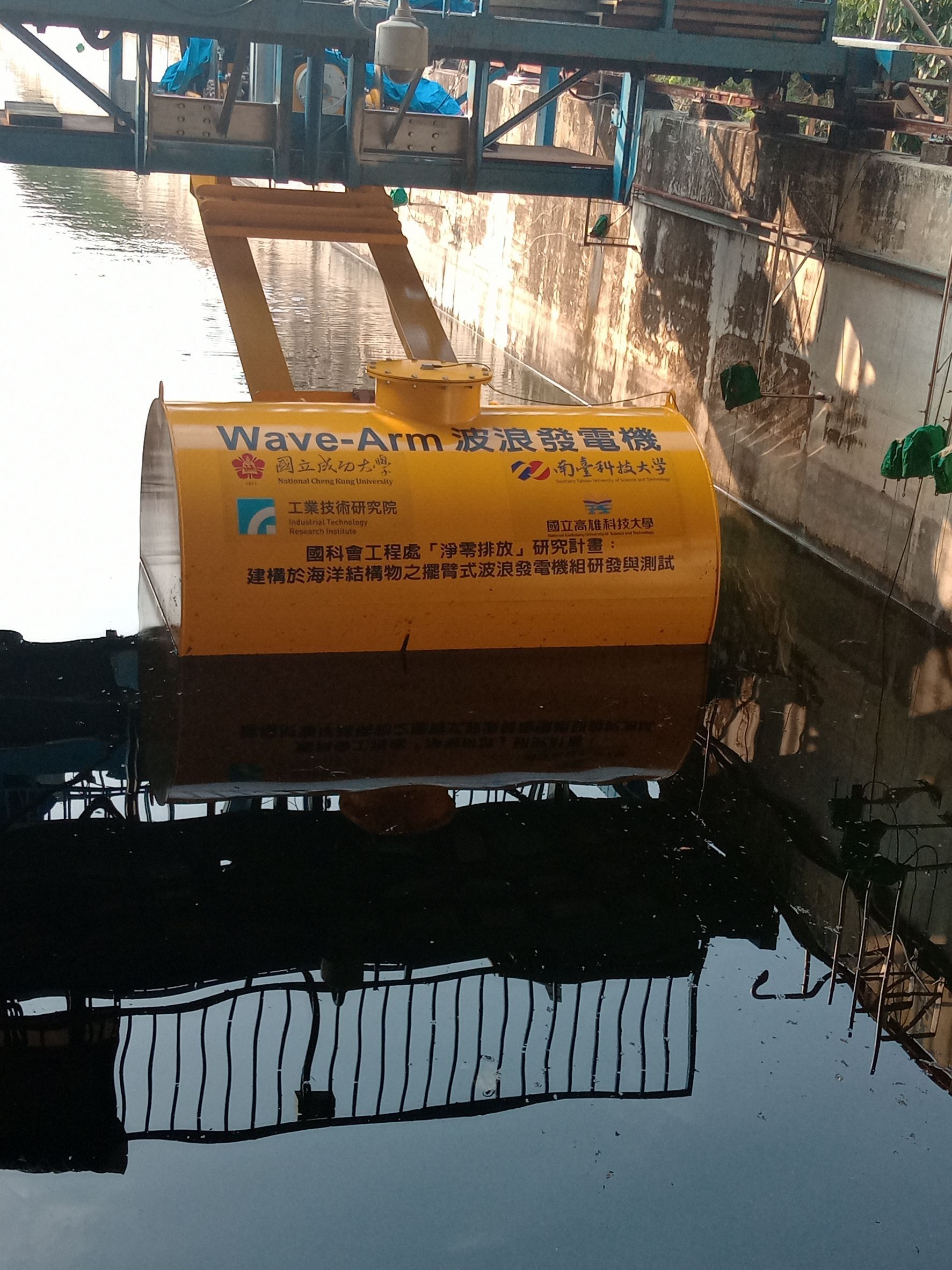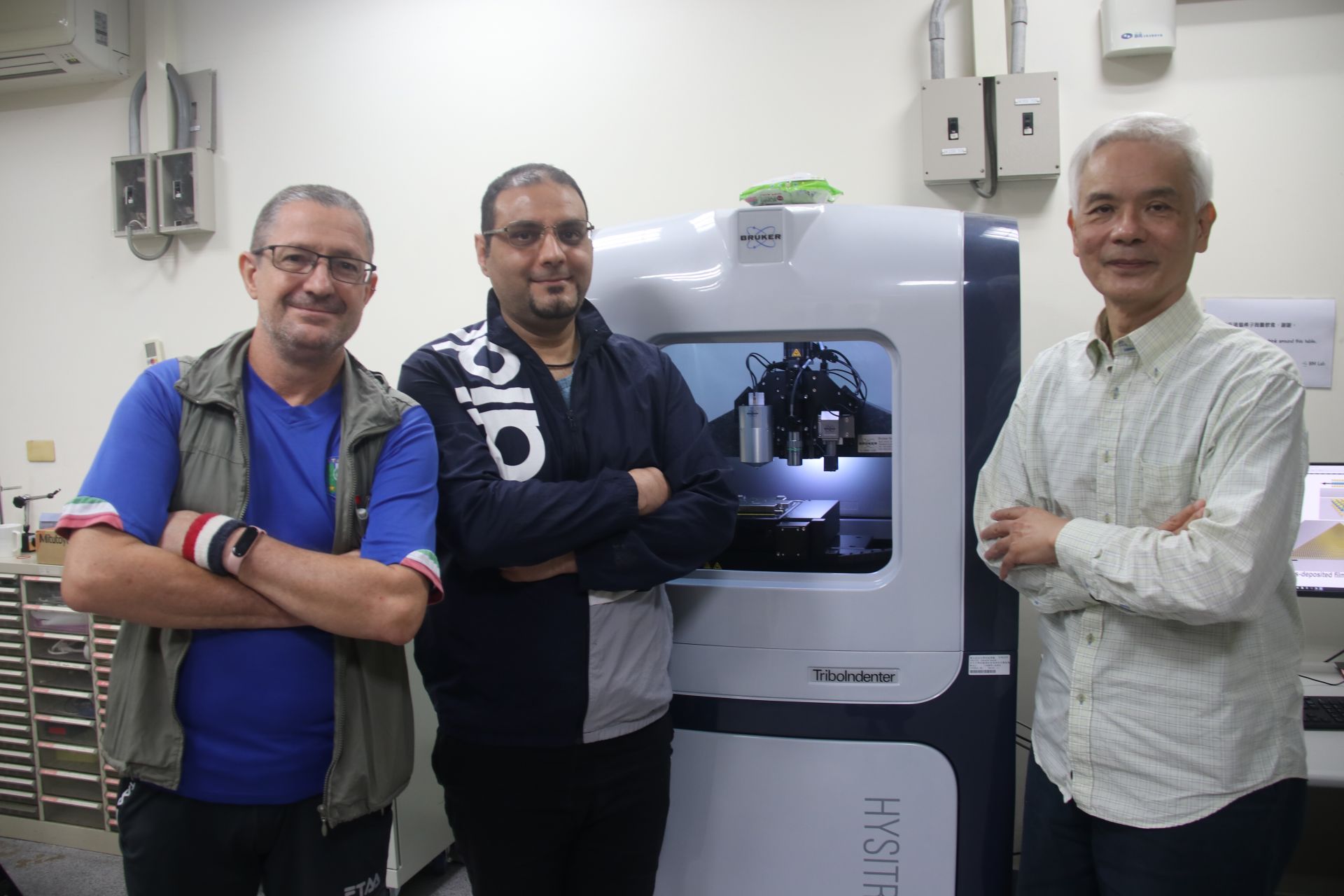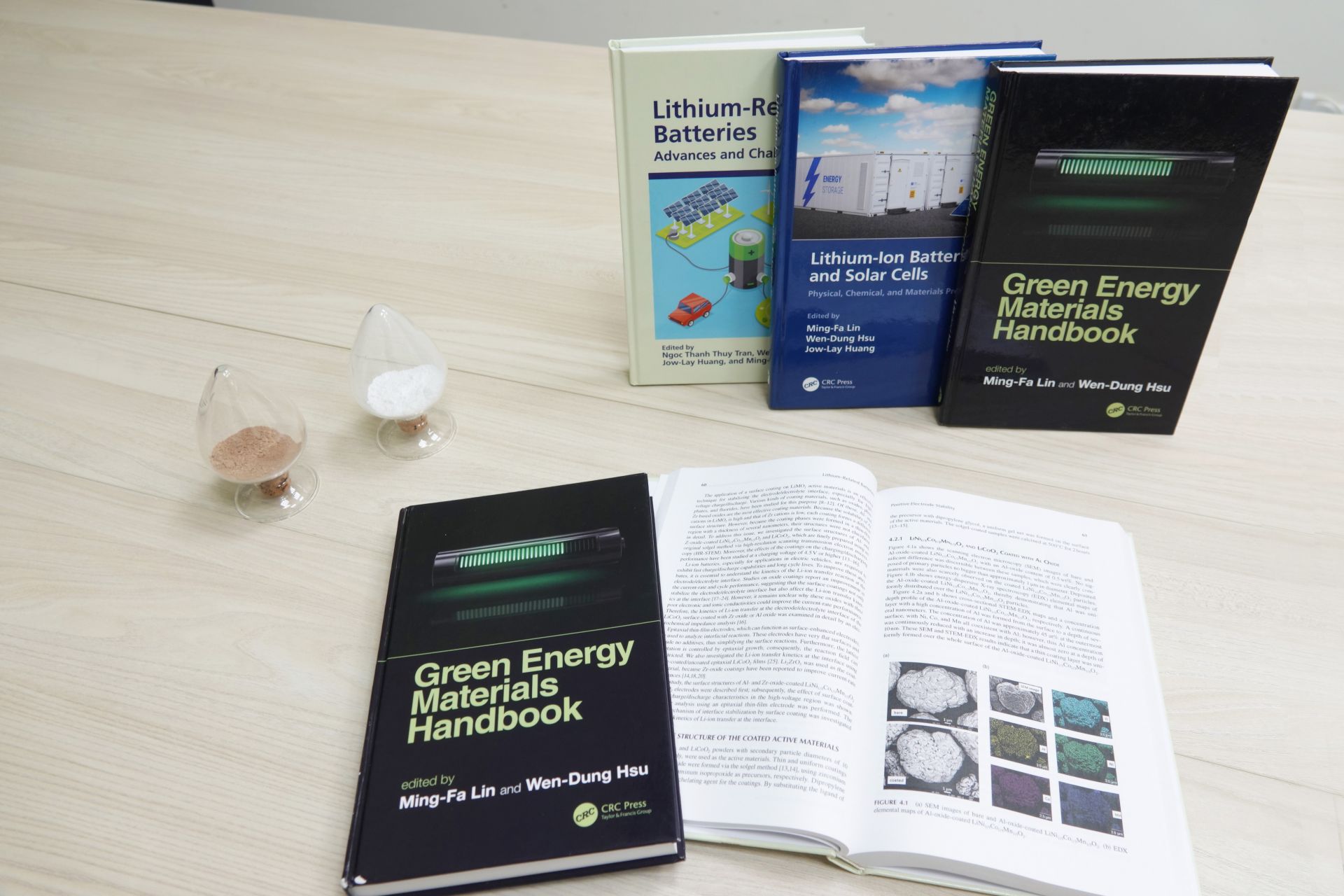SDG7
[Green Economy X Sustainability Transition] Renewable energy in balance with natural ecology Offshore wind power.
Collaboration between the NCKU Circular Economy Club, Sustainable Innovation Club, and the NCKU Office of Research and Development: On November 30th, they jointly organized the third session of the "Green Economy X Sustainability Transition" lecture series. They invited Senior Manager Zhi-An Li from Ørsted to share insights on renewable energy with the theme of "Regenerative Energy in Harmony with Nature." Manager Li provided a comprehensive yet accessible introduction to offshore wind power and related technologies. In addition to NCKU students and faculty, students from other institutions such as Tsinghua University and Sun Yat-sen University, who are passionate about environmental sustainability, also attended the event.
Deputy Director of NCKU Office of Research and Development, Min-Fu Hsieh, in his address, emphasized the importance of careful consideration for ecological conservation in the development of wind power. He also highlighted the crucial role of renewable energy in achieving carbon neutrality. In the face of challenges such as global warming and climate change, renewable energy, especially wind power, is regarded as a significant means to reduce greenhouse gas emissions. Min-Fu Hsieh encouraged active participation and support for related renewable energy development projects, emphasizing collective efforts towards the sustainable development of the Earth.
Manager Li said that offshore wind power refers to the use of wind turbine arrays to form offshore wind fields in sea or water areas, and the wind drives the wind turbines to generate electricity, that is, mechanical energy is converted into electrical energy to generate electricity. The current offshore wind farms in Taiwan are generally located in the western half, especially in the Miaoli and Changhua areas. As of now, there are about 300 offshore wind turbines in Taiwan, with more being added every year.
She also mentioned the three main pillars of Ørsted's sustainability strategy: carbon reduction in the supply chain, sustainable social development, and biodiversity. In terms of supply chain carbon reduction, they achieve this by purchasing low-carbon materials to manufacture wind turbines (for example, using low-carbon steel for underwater foundations). For sustainable social development, they implement responsible procurement policies and talent development, providing students with opportunities to intern at Ørsted. Regarding biodiversity, during the site selection phase, efforts are made to avoid disturbing ecological hotspots. During the construction phase, measures are taken to minimize the impact on the ecosystem (for example, using noise reduction technologies like double-layer bubble curtains during installation). After construction, compensatory measures are implemented to offset any damage to biodiversity caused by the development (for example, creating artificial bird nests).
After the speech concluded, a student asked, "Will the production waste and recycling of wind turbines, as well as their environmental impact, truly be 'greener' compared to other forms of power generation?" Manager Li responded by acknowledging that throughout the entire life cycle of wind turbines, from production to decommissioning, there is indeed a carbon footprint. The reason they are considered "green" is that the electricity generation process itself is carbon-neutral, resulting in significantly lower carbon emissions compared to coal-fired power generation. She mentioned that with advancements in technology, there is a chance to improve efficiency and generate even more green energy in the future.
Ørsted is the largest energy company in Denmark. It originated as DONG Energy, a Danish oil and natural gas company, and shifted its focus to renewable energy in 2016, discontinuing its fossil fuel and distribution businesses. In 2017, the company rebranded as Ørsted, with the corporate vision of "Creating a world that runs entirely on green energy."
Deputy Director of NCKU Office of Research and Development, Min-Fu Hsieh, in his address, emphasized the importance of careful consideration for ecological conservation in the development of wind power. He also highlighted the crucial role of renewable energy in achieving carbon neutrality. In the face of challenges such as global warming and climate change, renewable energy, especially wind power, is regarded as a significant means to reduce greenhouse gas emissions. Min-Fu Hsieh encouraged active participation and support for related renewable energy development projects, emphasizing collective efforts towards the sustainable development of the Earth.
Manager Li said that offshore wind power refers to the use of wind turbine arrays to form offshore wind fields in sea or water areas, and the wind drives the wind turbines to generate electricity, that is, mechanical energy is converted into electrical energy to generate electricity. The current offshore wind farms in Taiwan are generally located in the western half, especially in the Miaoli and Changhua areas. As of now, there are about 300 offshore wind turbines in Taiwan, with more being added every year.
She also mentioned the three main pillars of Ørsted's sustainability strategy: carbon reduction in the supply chain, sustainable social development, and biodiversity. In terms of supply chain carbon reduction, they achieve this by purchasing low-carbon materials to manufacture wind turbines (for example, using low-carbon steel for underwater foundations). For sustainable social development, they implement responsible procurement policies and talent development, providing students with opportunities to intern at Ørsted. Regarding biodiversity, during the site selection phase, efforts are made to avoid disturbing ecological hotspots. During the construction phase, measures are taken to minimize the impact on the ecosystem (for example, using noise reduction technologies like double-layer bubble curtains during installation). After construction, compensatory measures are implemented to offset any damage to biodiversity caused by the development (for example, creating artificial bird nests).
After the speech concluded, a student asked, "Will the production waste and recycling of wind turbines, as well as their environmental impact, truly be 'greener' compared to other forms of power generation?" Manager Li responded by acknowledging that throughout the entire life cycle of wind turbines, from production to decommissioning, there is indeed a carbon footprint. The reason they are considered "green" is that the electricity generation process itself is carbon-neutral, resulting in significantly lower carbon emissions compared to coal-fired power generation. She mentioned that with advancements in technology, there is a chance to improve efficiency and generate even more green energy in the future.
Ørsted is the largest energy company in Denmark. It originated as DONG Energy, a Danish oil and natural gas company, and shifted its focus to renewable energy in 2016, discontinuing its fossil fuel and distribution businesses. In 2017, the company rebranded as Ørsted, with the corporate vision of "Creating a world that runs entirely on green energy."
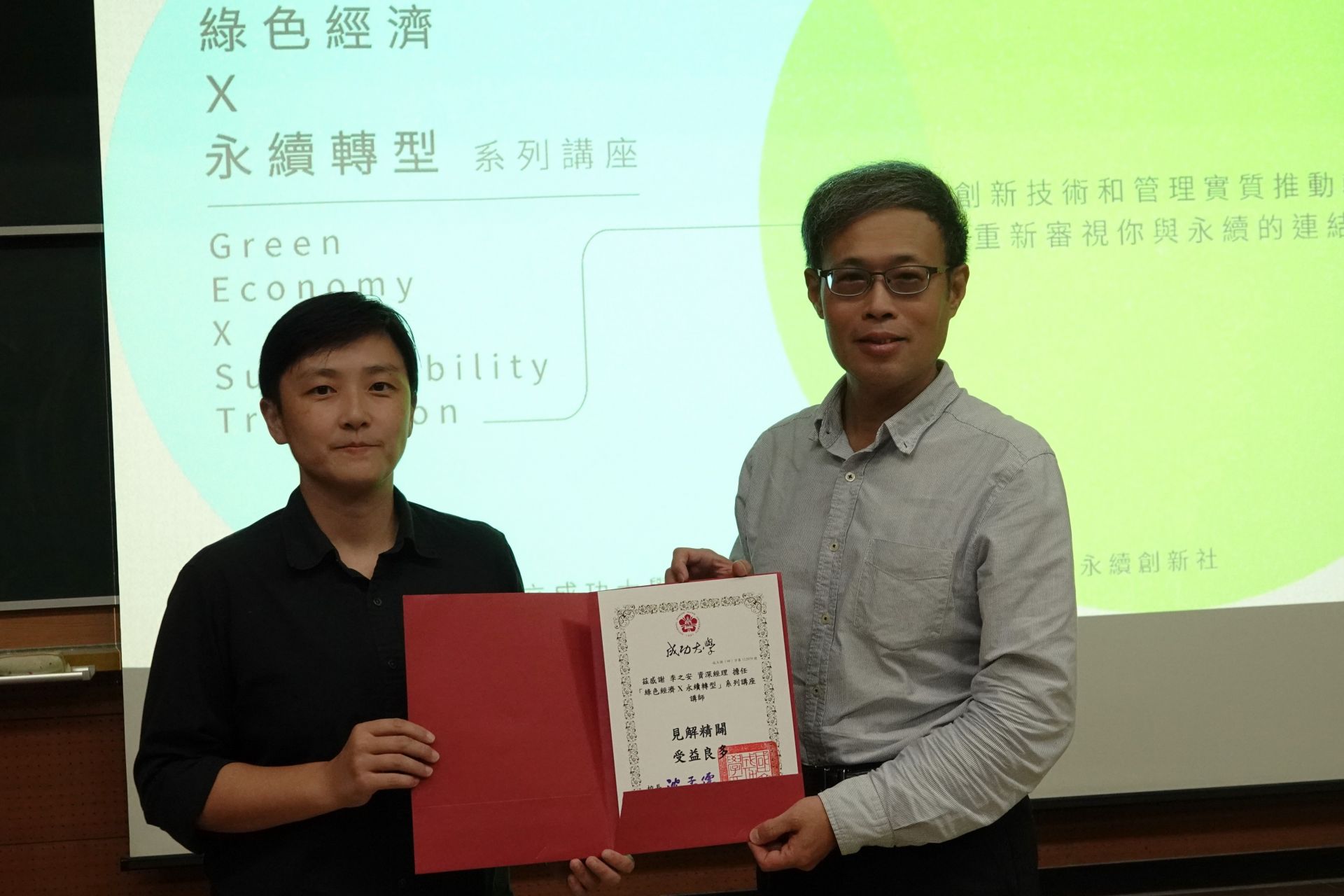
Deputy Research and Development Director, Min-Fu Hsieh (right), presents a certificate of appreciation to Senior Manager Zhi-An Li (left) of Ørsted.
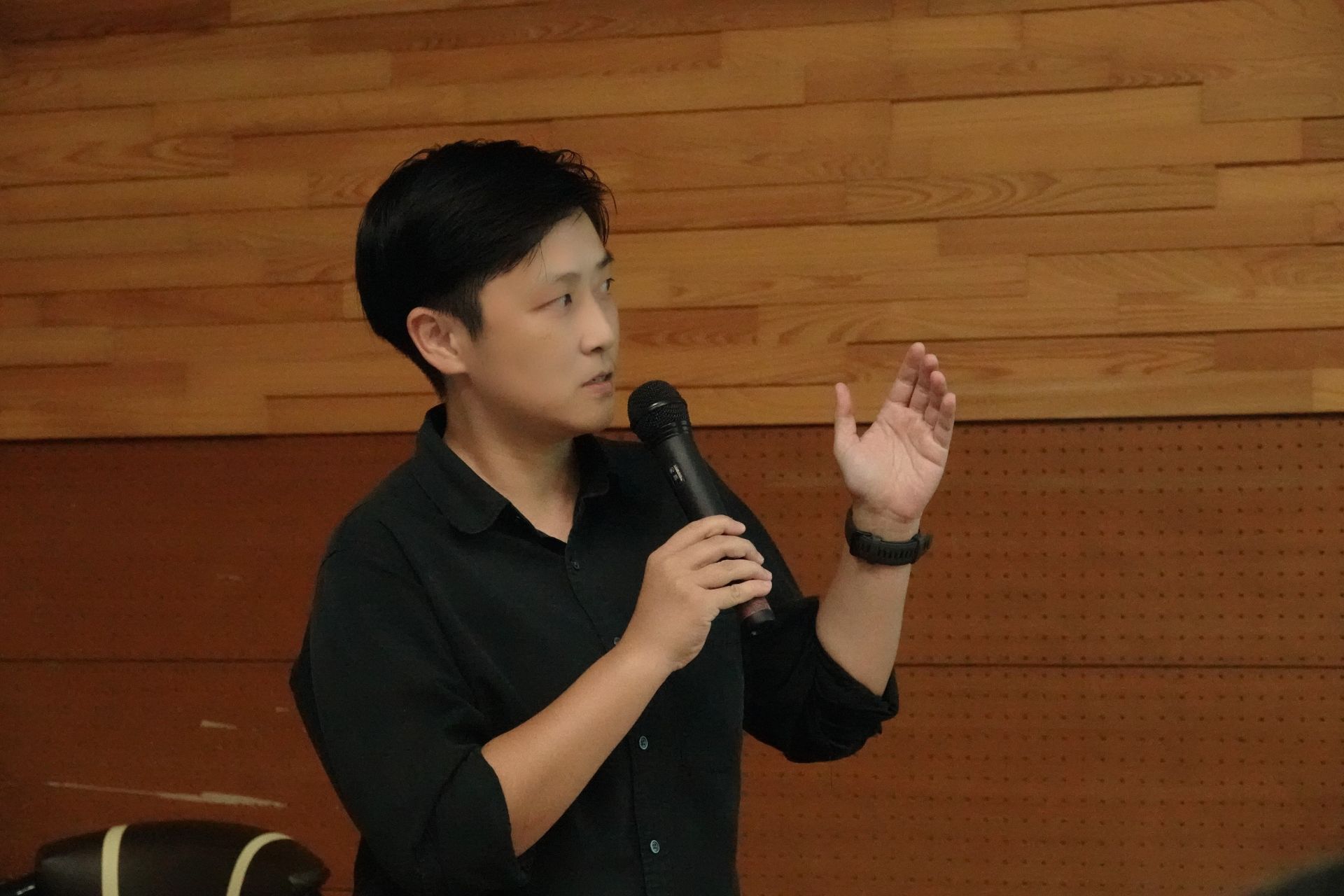
Senior Manager Li provides a clear and accessible introduction to offshore wind power.
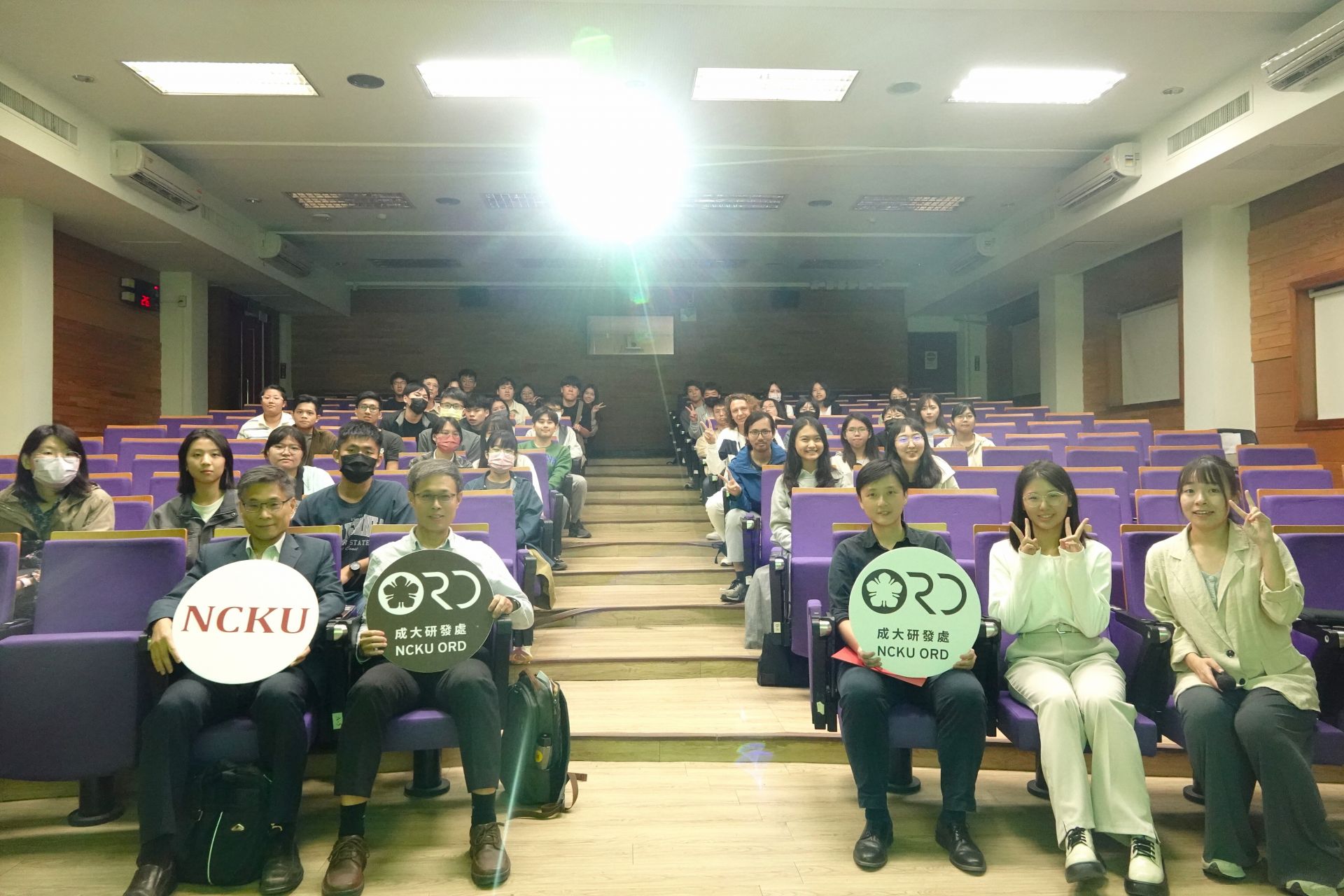
A group photo of the attendees.







